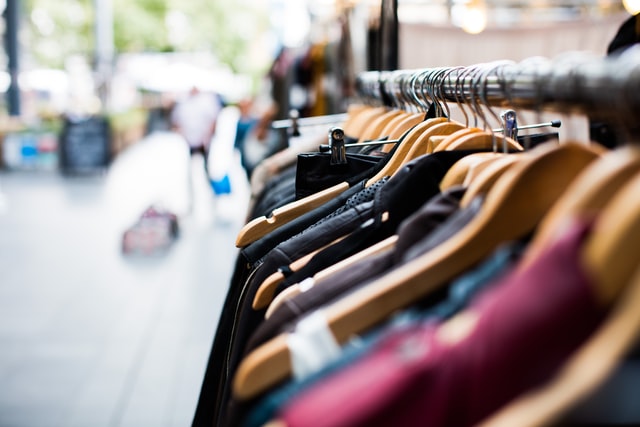Second-hand September is built around an extremely important message: the current rate of over-consumption is damaging the planet to a near irreversible extent. The campaign encourages individuals to take active steps to decrease their consumption and carbon footprint to reduce the effects of climate change. Fast fashion has a huge carbon footprint as clothes are produced in line with current trends, in vast quantities and sold at a low price. As fashion trends regularly change, the low price incentivises consumers to replace “old” items more frequently than they need to. Consequently, thousands of items are thrown out and thousands more produced, which pollutes the environment and exhausts our finite resources.
According to Oxfam, over 13 million items of clothing are sent to landfill every week. A substantial proportion of these are in good condition and could have found a loving second home. Second-hand clothes have a lower carbon footprint than their new alternatives and decrease demand for fast fashion. A 2017 study carried out by WRAP, the Waste and Resources Action Programme, found that by extending the active life of an item of clothing by nine months can reduce its carbon footprint by up to 30 percent. Given the sheer volume of new clothes that are bought each year, the environmental benefits of buying pre-loved clothes are enormous. Not only are pre-loved clothes a more sustainable option but they can help consumers save money as they tend to be less expensive.
While Oxfam run the campaign for the 30 days of September to great success – 2020 saw over 50,000 hashtags on social media – making more sustainable choices should be a permanent feature in our lives. Thinking about and changing the way we consume should be a long-term commitment to benefit the planet.
Here are five tips on how we can be more sustainable all year round:
- Donate unwanted clothes. Schedule a wardrobe clear out once or twice a year rather than sporadically throwing clothes away. That way you’ll find a single trip to the charity shop with lots of items more worthwhile than multiple small trips.
- Browse pre-loved websites instead of their fast fashion alternatives. Many charity shops, such as Oxfam, have online sites and there is a host of rental sites where users can rent clothes for a period before returning them.
- Utilise platforms where you can sell unwanted items and earn money. Platforms such as Gumtree, Depop and eBay give pre-loved items a second home. This reduces landfill and puts a few extra pounds in your pocket.
- Repair or repurpose clothing and furniture. Holes can easily be mended and new buttons sewn on to bring an old item back to life. Repurpose clothes by turning an old jumper into a lovely winter beanie or upcycle furniture by repainting wood and replacing the hardware.
- Think before you buy. Sometimes buying a brand-new item is non-negotiable. If this is the case, make sure you research and look for more sustainable options. Some brands have better ecological credentials than their competitors.
Although Second-hand September has come to an end, I think we can all agree that committing to a long-term, sustainable lifestyle is a necessary step to take. While governments need to apply more pressure on industries and large corporations to reduce their carbon footprints, individual efforts are important in catalysing a change in attitude towards consumption and the environment. With COP26 on the horizon, the global commitment to tackling climate change will be evident. Hopefully we will see strong and effective policies as a result of the conference, and in the meantime we can all play our part by actively being more sustainable with our purchasing habits.




